Linux Server Hacks, Volume Two. Tips & Tools for Connecting, Monitoring, and Troubleshooting William von Hagen, Brian K. Jones
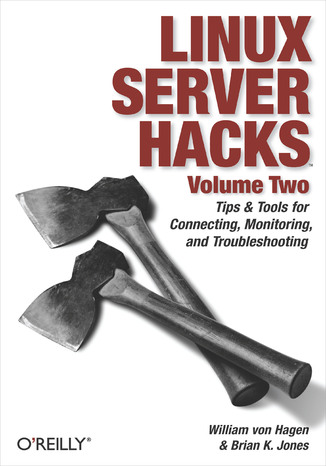



- Autorzy:
- William von Hagen, Brian K. Jones
- Wydawnictwo:
- O'Reilly Media
- Ocena:
- Stron:
- 480
- Dostępne formaty:
-
ePubMobi
Opis
książki
:
Linux Server Hacks, Volume Two. Tips & Tools for Connecting, Monitoring, and Troubleshooting
Today's system administrators deal with a vast number of situations, operating systems, software packages, and problems. Those who are in the know have kept their copy of Linux Server Hacks close at hand to ease their burden. And while this helps, it's not enough: any sys admin knows there are many more hacks, cool tips, and ways of solving problems than can fit in a single volume (one that mere mortals can lift, that is).
Which is why we created Linux Server Hacks, Volume Two, a second collection of incredibly useful tips and tricks for finding and using dozens of open source tools you can apply to solve your sys admin problems. The power and flexibility of Linux and Open Source means that there is an astounding amount of great software out there waiting to be applied to your sys admin problems -- if only you knew about it and had enough information to get started. Hence, Linux Server Hacks, Volume Two.
This handy reference offers 100 completely new server management tips and techniques designed to improve your productivity and sharpen your administrative skills. Each hack represents a clever way to accomplish a specific task, saving you countless hours of searching for the right answer. No more sifting through man pages, HOWTO websites, or source code comments -- the only resource you need is right here. And you don't have to be a system administrator with hundreds of boxen to get something useful from this book as many of the hacks apply equally well to a single system or a home network.
Compiled by experts, these hacks not only give you the step-by-step instructions necessary to implement the software, but they also provide the context to truly enable you to learn the technology. Topics include:
- Authentication
- Remote GUI connectivity
- Storage management
- File sharing and synchronizing resources
- Security/lockdown instruction
- Log files and monitoring
- Troubleshooting
- System rescue, recovery, and repair
Whether they help you recover lost data, collect information from distributed clients, or synchronize administrative environments, the solutions found in Linux Server Hacks, Volume Two will simplify your life as a system administrator.
Wybrane bestsellery
O'Reilly Media - inne książki
Dzięki opcji "Druk na żądanie" do sprzedaży wracają tytuły Grupy Helion, które cieszyły sie dużym zainteresowaniem, a których nakład został wyprzedany.
Dla naszych Czytelników wydrukowaliśmy dodatkową pulę egzemplarzy w technice druku cyfrowego.
Co powinieneś wiedzieć o usłudze "Druk na żądanie":
- usługa obejmuje tylko widoczną poniżej listę tytułów, którą na bieżąco aktualizujemy;
- cena książki może być wyższa od początkowej ceny detalicznej, co jest spowodowane kosztami druku cyfrowego (wyższymi niż koszty tradycyjnego druku offsetowego). Obowiązująca cena jest zawsze podawana na stronie WWW książki;
- zawartość książki wraz z dodatkami (płyta CD, DVD) odpowiada jej pierwotnemu wydaniu i jest w pełni komplementarna;
- usługa nie obejmuje książek w kolorze.
Masz pytanie o konkretny tytuł? Napisz do nas: sklep@helion.pl
Książka drukowana


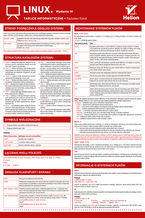
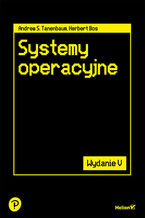
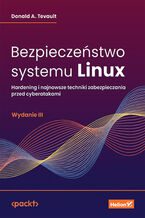
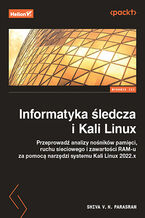
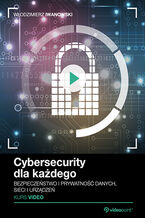

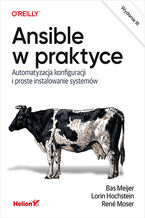
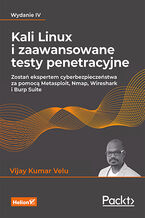

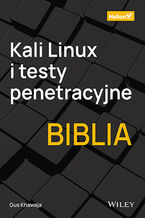

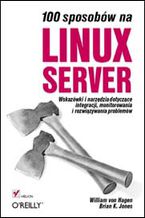





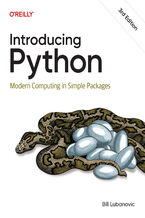



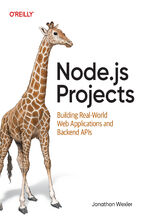


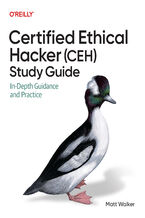
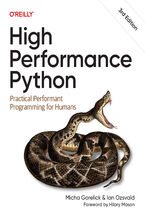
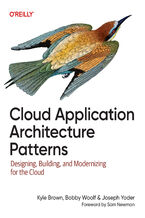
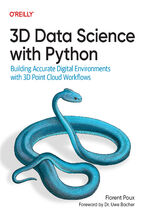



Oceny i opinie klientów: Linux Server Hacks, Volume Two. Tips & Tools for Connecting, Monitoring, and Troubleshooting William von Hagen, Brian K. Jones
(0)